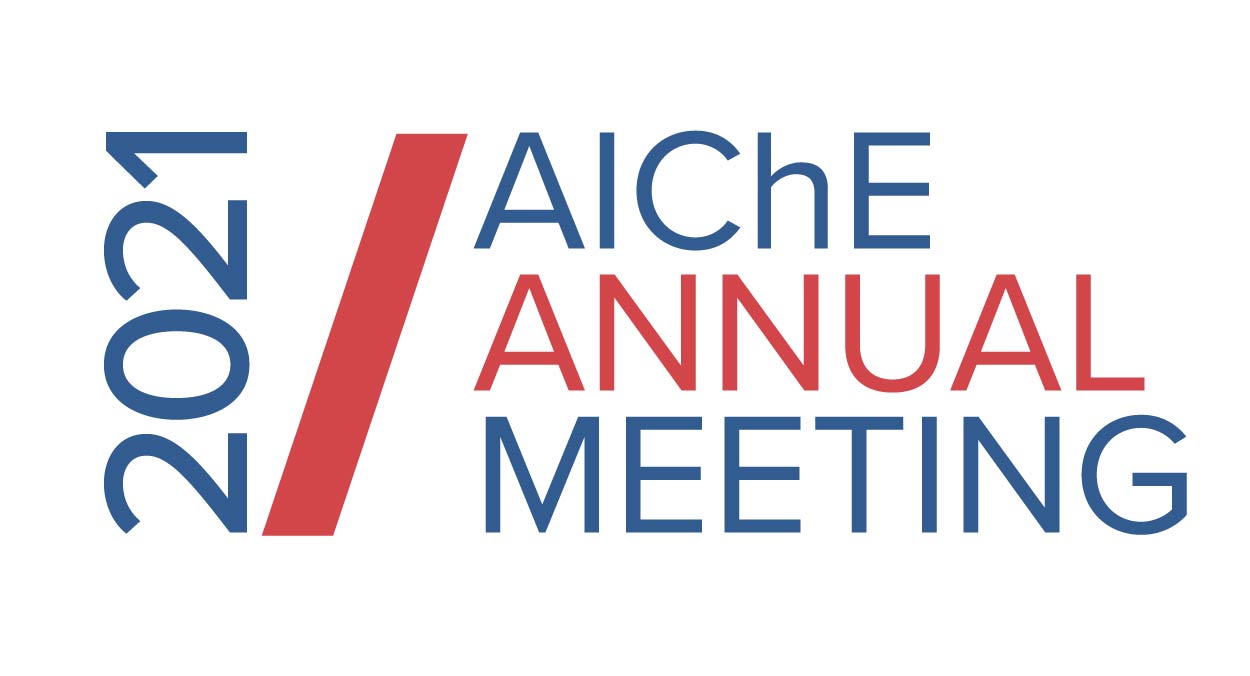

Five isostructural MIL-100(M) materials were synthesized (M = Cr, Fe, Al, Sc, Mn) and procedures for accessing M2+ and M3+ sites were developed. All MIL-100(M) variants exhibited selective binding onto M2+ sites compared to M3+ sites, and the relative binding strengths onto reduced metal sites were found to be dependent on metal identity. The higher relative CO2 binding strength of specific metals such as chromium were rationalized based on nuclear screening effects and distortion of the octahedral coordination environment through the Jahn-Teller effect, and further supported using Density Functional Theory calculations. Our study uses a prototypical metal-organic framework material to clearly and rigorously elucidate relationships between atomic level structure and CO2 binding characteristics that can be used more broadly in CO2 sorbent design.
